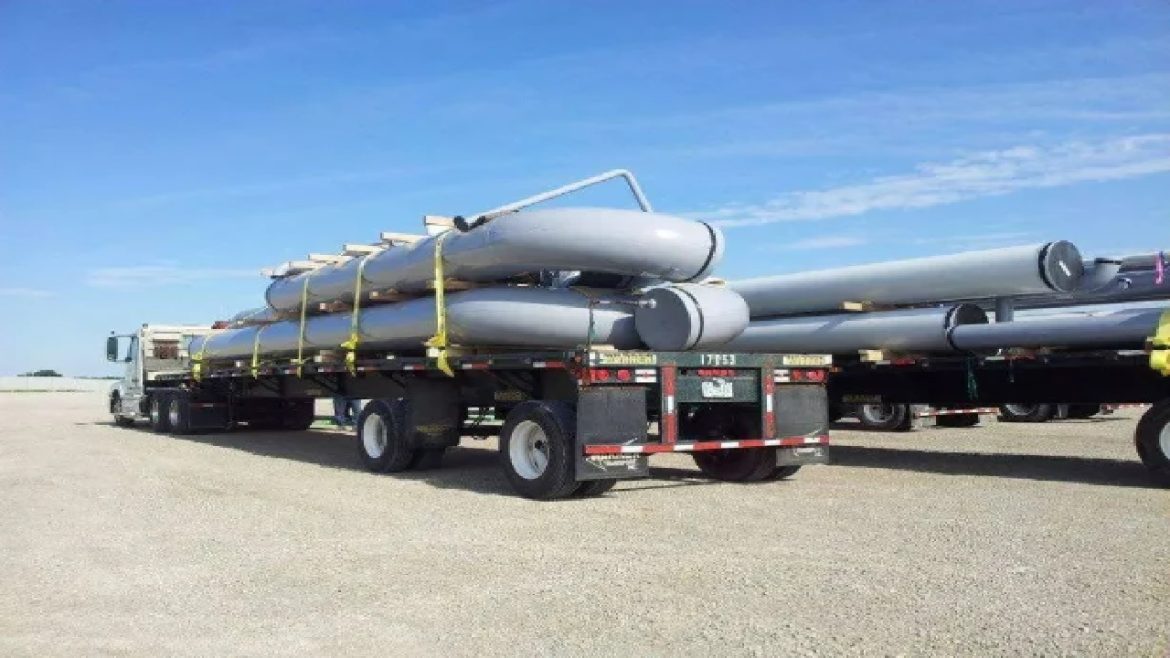ERW pipes are strategic products that are popularly used in several sectors like oil and gas and construction industries and the transportation sector. ERW pipes are made by coiling the steel strips and joining them in a continuous form to make pipe thus the quality control measures to ensure that the pipes are of the highest quality are well enhanced. As a result, to ensure that their products meet the highest standards, manufacturers are using new ideas in quality control to overcome some of the issues including dimensional tolerance, weldability, and material characteristics. This article focuses on these methods, their effects on ERW pipe manufacturing, and the opportunities they open to the market. For a deeper understanding of the ERW process, visit this link: https://www.tuspipe.com/blog/what-is-erw/
Automated Ultrasonic Testing
One of the most crucial methods for assessing the caliber of ERW pipes is ultrasonic testing. This method entails subjecting the pipe to high-frequency sound waves and analyzing how the sound waves reflect off the pipe. Any defects, for instance, cracks or voids distort the sound waves and thus help the technicians to notice other defects. Currently, automated ultrasonic testing systems are applied in the ERW pipe manufacturing process which provides higher accuracy and faster detection than the manual process. These automated systems can scan entire pipe lengths at one time so that defects are detected and repaired without interrupting the production process. Furthermore, automated UT systems are compatible with other quality control systems so that manufacturers can gather data in real time.
X-Ray and Radiographic Inspection
Since internal weld defects that cannot be identified through visual assessment are also possible, X-ray and radiographic inspection methods are particularly essential. These methods are quite helpful in detecting weld discontinuities, which are porosity, incomplete fusion, and undercuts that affect the strength and effectiveness of the pipe. In the past, conventional techniques of using radiography were slow and dangerous mainly because of the risks associated with radiation exposure, the newer and advanced X-ray systems are much better. Digital radiography, for instance, allows a quick snap and clear images that result in less inspection time and enhanced health and safety compliance. The results are also easier to store and analyze, which also helps to make quality control more efficient.
Advanced Metallurgical Testing
Chemical analysis of steel used in ERW pipe manufacturing requires metallurgical testing to determine the composition of steel as well as its mechanical characteristics. These tests enable guaranteeing the pipes’ compliance with the necessary parameters, including strength and the ability to withstand bending as well as protection from corrosion. To increase the accuracy and speed of the analysis, new methods of metallurgical testing, including automated spectroscopy and optical emission spectrometry, are used. These methods give current information on the composition of the alloy and the quality of the material. By using these tools, manufacturers can be certain that only the best quality materials are used in the making of ERW pipes to eliminate failures during service.
Laser Profiling and Dimensional Accuracy
Two major dimensions are important in the case of ERW pipes; any inconsistency in these dimensions may cause problems during installation or use. Due to the need to have pipes manufactured with a lot of precision, laser profiling is now being used by many manufacturers. Laser scanners can quickly obtain the size of pipes as they move through production lines, and give precise information on such aspects as diameter, thickness, and ovality. Laser profiling systems can identify variations from standard dimensions in real-time, allowing operators to control production variables.
Non-Destructive Testing (NDT) and Continuous Monitoring
Terms like eddy current testing, visual examination, along with magnetic particle inspection become critical in ensuring that the pipes do not experience any influence or impact on ERW pipes in meeting laid down industrial standards. These methods enable technicians to evaluate the quality of the pipes while they remain functional. Monitoring systems are implemented as continuous systems that combine NDT techniques with data analysis allowing manufacturers to monitor the quality of batches of pipes produced. Machining learning and artificial intelligence facilitate these systems to predict possible defects from previous data and hence, also help to improve quality control.
Conclusion
The manufacturing technologies that are being used in manufacturing include advanced X-ray inspection, ultrasonic testing, metallurgical testing, and real-time weld monitoring. They increase the efficiency of the inspections and, at the same time, ensure the manufacture of pipes that meet the required industry standards for different uses. In a similar manner, these innovations also enable the identification of defects before the production finishing stage, reducing wastage, and maximizing production through efficiency enhancement. These new approaches to quality control will be useful in maintaining and improving quality as the demand for high-performance pipes increases in the future and as future challenges in pipe production arise.
